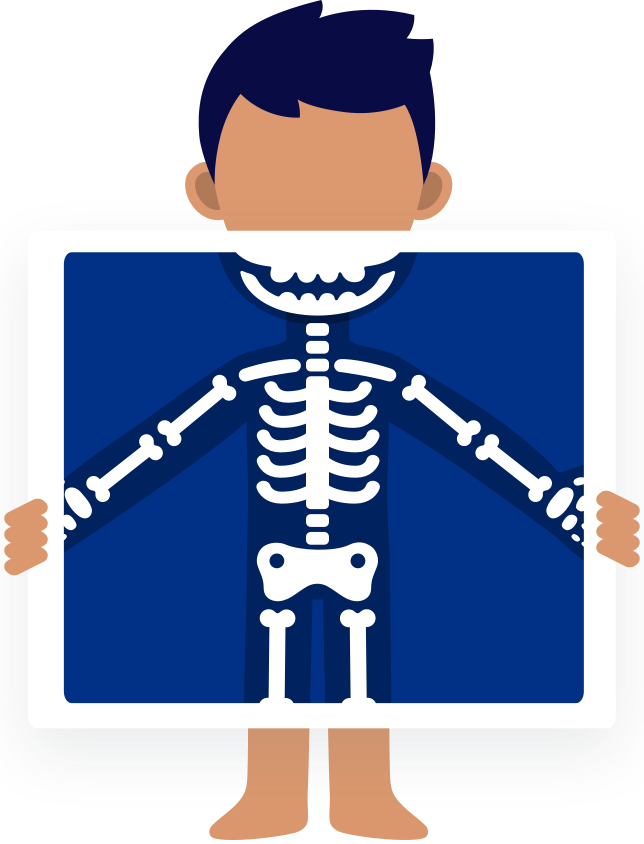
Radiology is the branch of medicine specialising in of the use of tests that take pictures or images of parts of the body to help diagnose and treat disease. The Department of Radiology at RHC offers a comprehensive range of diagnostic imaging and interventional radiology services for children and young people up to 16 years of age. Our department performs approximately 56,800 imaging procedures every year.
You can find out more about the types of procedure that we do in the sections below.

